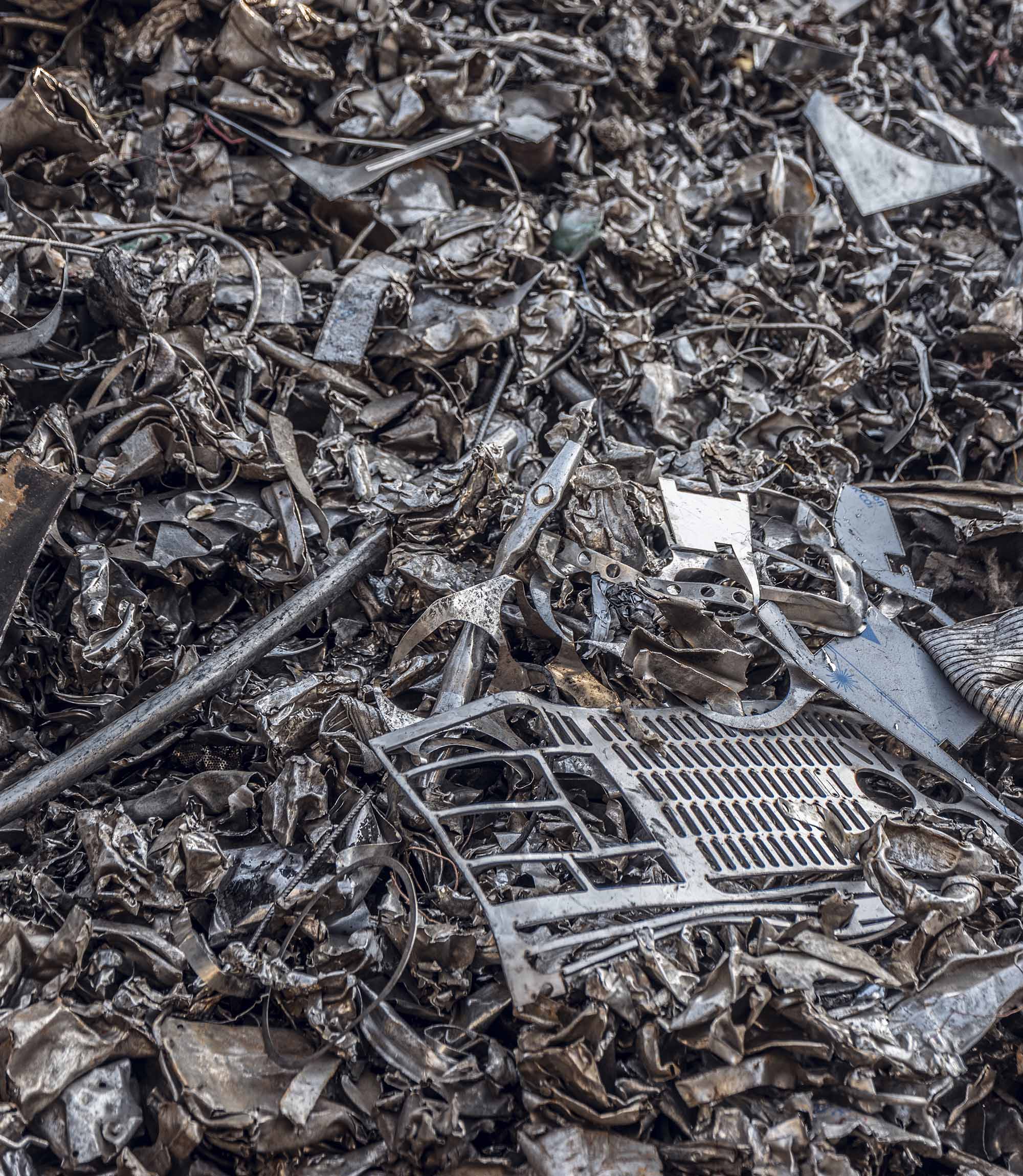Stainless steels are a unique type of complex special steel. They incorporate various alloying elements such as Chromium (Cr), Nickel (Ni), Molybdenum (Mo) and occasionally other metals to give them specific characteristics and properties.
The special feature of stainless steel is its remarkable resistance to corrosion, largely due to the significant presence of Chromium. In fact, the characteristic of chromium is that it interacts with oxygen in the air, creating a very thin, protective oxide film on the steel's surface, known as the passivating layer. This film is insoluble, dense and firmly bonded to the substrate, acting as a protective barrier against corrosion.
The passivating layer, made up essentially of chromium oxides/hydroxides, possesses a self-healing quality. This ensures the protection of the metal even if local abrasion or film removal occurs. In particular, the resistance of the passive film depends on the chromium concentration in the alloy and the presence of other elements such as nickel, molybdenum, etc.
To be classified as stainless steel, the chromium content typically ranges between 11-12% and 30%. However, when the proportion of alloying elements exceeds this range, it transitions from stainless steel to an austenitic stainless alloy.
The chromium oxides that form on stainless steel surfaces remain very stable even at high temperatures. As a result, the material also exhibits remarkable resistance to oxidation and hot corrosion.
These steels find application across various industries, including pharmaceuticals, biomedicine, cosmetics, chemicals, petrochemicals, food processing, construction, transportation, high-strategy infrastructure, household appliances and furniture.

HOW ARE STAINLESS STEELS CLASSIFIED?

FAMILIES OF STAINLESS STEEL
Stainless steels are traditionally divided into three main families based on their micro-structure at room temperature.
They are:
- Martensitic stainless steels
- Ferritic stainless steels
- Austenitic stainless steels
Martensitic stainless steels boast the highest mechanical strength among stainless steels when subjected to quenching and tempering processes (quenching = hardening + tempering).
Unlike martensitic stainless steels, austenitic stainless steels do not respond to the heat treatment of quenching and tempering, but are able to considerably increase their strength through cold work hardening, resulting in improved tensile strength, fatigue strength and resilience against shocks. Work hardening typically occurs during the cold-forming process.
Similar to austenitic stainless steels, ferritic stainless steels do not respond well to hardening treatments, and thus do not have high strength characteristics. However, their strength can still be increased through cold work hardening, albeit to a lesser extent than austenitic steels.
In addition to these main categories, there is a growing use of sub-categories, such as:
- Precipitation-hardened steels (PH)
- Austenitic duplex stainless steels
- Nickel-free austenitic stainless steels



